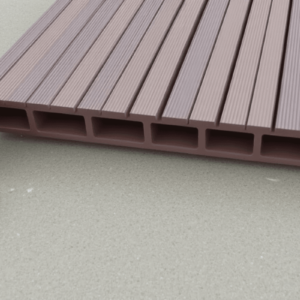Comparing Composite Fencing Cost vs Traditional Options
Introduction
In recent years, homeowners have been increasingly interested in composite fencing as a modern alternative to traditional wood or metal fences. Composite fencing combines the durability of synthetic materials with the aesthetic appeal of natural wood. This article delves into the comparative costs of composite fencing against traditional options, examining both the initial investment and long-term savings. Additionally, we’ll explore the aesthetic advantages and provide guidance on when composite fencing might be the best choice for your property.
The Initial Investment: Composite Fencing Cost vs Wood and Metal
When it comes to the initial cost, composite fencing typically has a higher price tag compared to wood or metal fencing. According to a study by HomeAdvisor, the average cost per linear foot for composite fencing ranges from $25 to $45, while wooden fences can range from $15 to $25 per linear foot, and metal fences can vary widely but often fall between $20 and $30 per linear foot. The higher cost of composite fencing is attributed to its complex manufacturing process and the use of high-quality materials.
Long-Term Savings Due to Lower Maintenance Needs
While the upfront cost of composite fencing may seem steep, it’s important to consider the long-term savings it offers. Composite fencing requires minimal maintenance compared to wood and metal fences. Unlike wood, which can warp, rot, and require frequent painting or staining, composite fencing is resistant to moisture, insects, and UV rays. It does not need regular upkeep, reducing the frequency of costly repairs and replacements. A report by the National Association of Home Builders highlights that the maintenance cost of composite fencing is significantly lower than that of wood or metal over a period of 20 years, leading to substantial savings.
Aesthetic Advantages
Composite fencing also offers unique aesthetic advantages. It can mimic the look of natural wood without the drawbacks, such as splitting or fading. Many composite fencing options come in various colors and styles, allowing homeowners to choose a design that complements their home’s architecture. Furthermore, composite fencing can be designed to look like traditional wood fences, offering a timeless and elegant appearance that can enhance curb appeal and increase property value.
When to Choose Composite Fencing
Given the initial higher cost, composite fencing might be the best choice in scenarios where low-maintenance and longevity are priorities. For instance, if you live in a humid climate prone to wood rot or in an area with high termite activity, composite fencing can provide peace of mind knowing that it will withstand these conditions. Additionally, if you have a busy lifestyle or prefer a low-maintenance yard, composite fencing is an excellent option. It’s also ideal for those who want a fence that looks great and retains its appearance for many years without requiring significant upkeep.
Conclusion
When comparing the cost of composite fencing to traditional wood or metal fences, it’s essential to consider both the initial investment and long-term savings. While composite fencing may cost more upfront, its resistance to wear and tear, coupled with minimal maintenance requirements, makes it a financially savvy choice in the long run. Moreover, its aesthetic versatility and ability to maintain a pristine appearance over time make it an attractive option for homeowners looking to enhance their property’s value and beauty.





Reviews
There are no reviews yet.